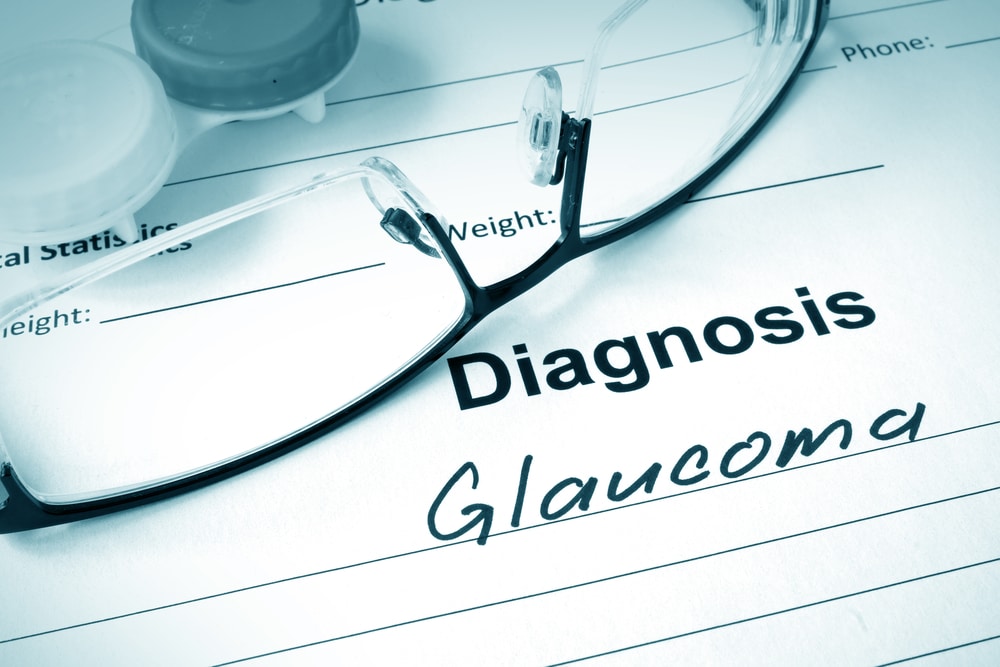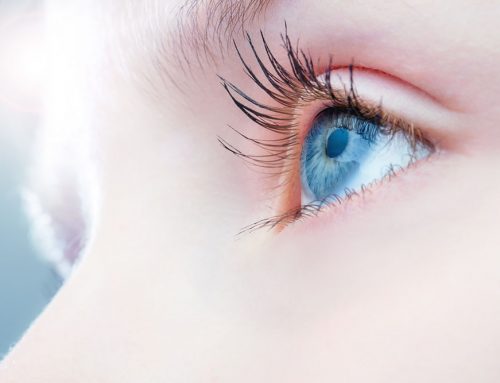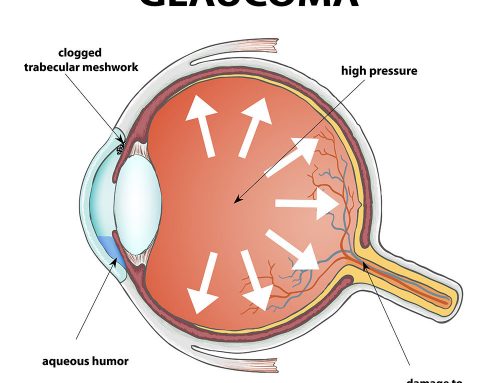
You had glaucoma tests at your annual eye exam, but you may wonder, what are the symptoms of glaucoma? This eye disease can quickly become a serious illness. In fact, it is one of the leading causes of partial or total blindness worldwide. That is why it is so important to get regular eye exams that include glaucoma tests.
Many people dislike testing for glaucoma because they find it uncomfortable. However, stopping the progression of the disease necessitates early detection. The problem with glaucoma is that seldom does it present symptoms until the disease has already progressed. The best way to diagnose glaucoma is to have annual eye exams done. However, you should also watch for symptoms of glaucoma at home, especially if you are middle-aged or have a family history of the disease.
What Causes Glaucoma?
Glaucoma refers to a variety of eye conditions that cause permanent damage to the optic nerve. The cause is usually a buildup of fluid in the eye, which puts too much pressure on the nerve. Glaucoma affects millions of Americans and can develop at any age. However, it is most common after the age of 60. Along with cataracts, glaucoma is the leading cause of blindness in adults of this age bracket.
The particularly concerning aspect of glaucoma is that its damage is irreversible. Even so, it is possible to stop the advancement of the disease if caught at an early stage. Patients diagnosed with glaucoma usually require ongoing care of the condition for the remainder of their life.
Symptoms of Glaucoma
The symptoms of glaucoma may vary depending on the type you have, as well as the stage of the disease. There are two types of glaucoma: open-angle glaucoma and acute angle-closure glaucoma. Both types of this disease cause visual disturbances and will lead to blindness without treatment.
Open-angle glaucoma
Open-angle glaucoma is characterized by patchiness in your vision. You may experience “spots” of blindness. This usually happens in both eyes at the same time but may occur in either of your eyes at different stages. Often, these spots happen in your peripheral vision. However, they can occur in your central vision as well.
As open-angle glaucoma advances, you may also develop tunnel vision. This refers to peripheral blindness, meaning you cannot see objects clearly unless they are fully in front of your eyes. Without treatment, open-angle glaucoma can lead to total blindness as well.
Open-angle glaucoma is the most common type of the disease. It is estimated that a minimum of 90 percent of glaucoma patients have open-angle glaucoma. The onset of this particular type is usually slow, which is good news. As long as you schedule annual eye exams, the eye specialist is likely to catch the disease in its early stages before causing significant vision problems.
Narrow-angle glaucoma
Narrow-angle glaucoma is a far less common type, accounting for only 10 percent or less of all cases. However, the symptoms are much more uncomfortable, and in some patients, painful. Like open-angle glaucoma, it can lead to blindness if left untreated.
Narrow-angle or acute angle-closure glaucoma usually causes visual disturbances such as blurriness or light distortion. Lights may appear to have halos or be out of focus. People with this form of glaucoma may have pain or redness in their eyes, feel nauseated, or even vomit. They may also develop extremely painful headaches.
Unlike open-angle glaucoma, this form of the disease tends to set in very quickly. The symptoms of this type of glaucoma, because they are so much more disturbing and irritating, are much easier to notice. In this case, you need emergency medical treatment. If you ever experience visual disturbances alongside pain, nausea, and headaches, you should seek immediate care.
The problem with recognizing the symptoms of glaucoma
Although it is important to know the symptoms of glaucoma, there is a problem with trying to self-assess. This eye disease tends to set in so quickly or so gradually that there is almost no way to diagnose it until it has reached an advanced stage. At that point, there is no way to recover lost sight.
The best way to catch the disease at an early stage, when its progression can still be slowed, is by having eye exams performed on a yearly basis. There, your optometrist will do a glaucoma test. This test gauges the pressure of the inside of your eye, particularly pressure against the optic nerve. A high amount of pressure may indicate that you have glaucoma.
There are generally three ways that your eye doctor will assess you for glaucoma. They will visually inspect your optic nerve, examine your visual abilities, and assess the interior pressure of your eye. This is done by shooting a small puff of air into each of your eyes. While many people find this uncomfortable, it is quick and painless.
What happens if you are diagnosed with glaucoma?
If your glaucoma test indicates you have the disease, your doctor will probably recommend a few different things. You may be prescribed special glaucoma eye drops. It is extremely important that you take these on a regular basis, even if you are not consistently experiencing symptoms of glaucoma.
People with diabetes, high blood pressure, and heart disease are all at a higher risk for developing glaucoma. To help lower the internal pressure of your eye, the eye doctor may recommend a gentle exercise regimen. However, it is important to follow their instructions on how to exercise safely and appropriately for your health conditions.
Your doctor may also recommend wearing eye protection if you participate in sports or do other strenuous activity. This is because injury to your eyes can cause further damage to the optic nerves and speed the progression of glaucoma.
Glaucoma is a serious condition that leads to permanent vision problems or even total blindness. While it is possible to monitor the disease by knowing the symptoms of glaucoma, the best thing you can do is have annual eye exams done that test for this eye disease.
To learn more about the symptoms of glaucoma, visit The New Jersey Eye Center in Bergenfield or Passaic, NJ.




